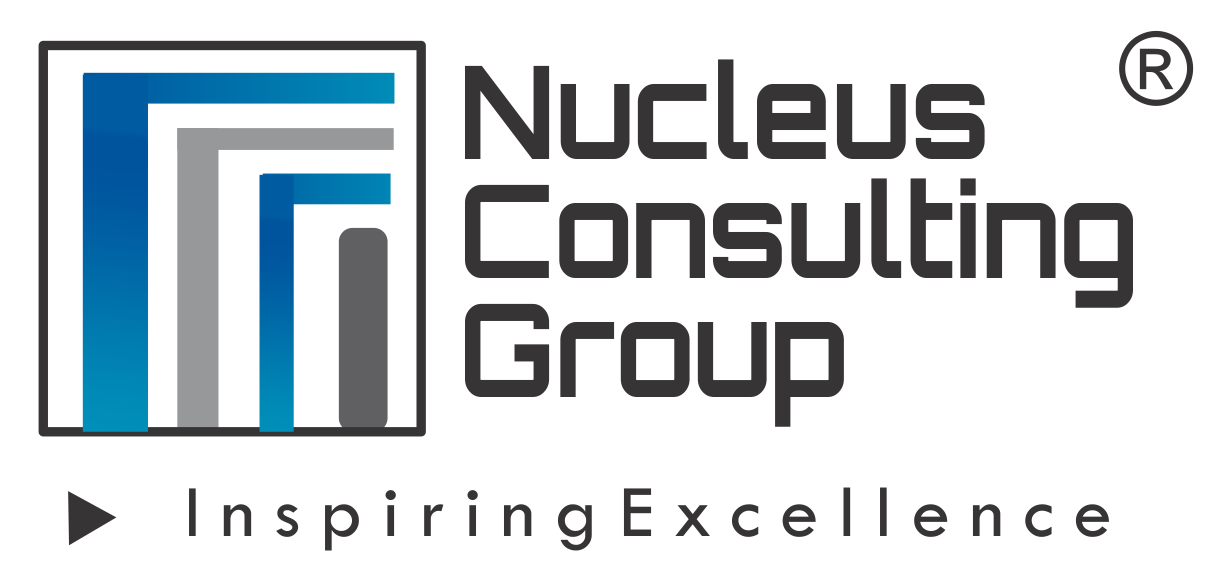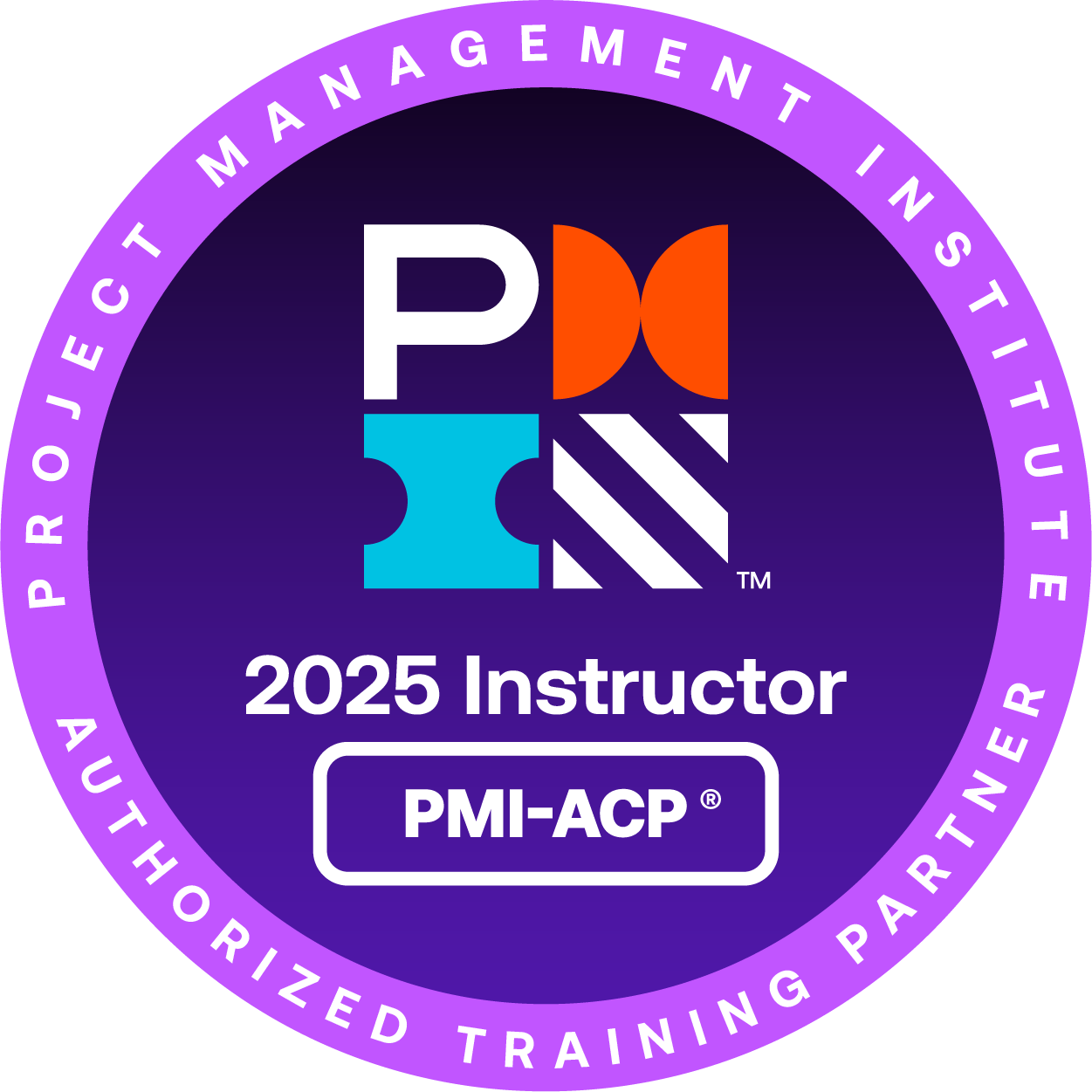Centers of Excellence
In today’s volatile era of growing global competition, decreasing margins and increasing business risks, organizations are faced with the dual challenges of maintaining higher productivity and providing innovative solutions that differentiate them from competitors.
These daunting challenges often cascade right from the strategic realm to operational vistas, ranging from the ever-decreasing time to market, reducing the total cost of ownership and ensuring high quality of solutions in a repeatable manner. As a result, many organizations, today, are moving away from the traditional silo-based model to a centralized approach that acts as a reservoir of in-house strategic talent pools. In this white paper, we explore the need for the new Center of Excellence-based model and put forward a structure for the transformation to a highly efficient and mature future organization.
A Center of Excellence (CoE) is a virtual organization within the larger organization, primarily centered on the collection of specialized skills to encourage and facilitate collaboration. It also helps manage best practices for a specific functional area with an aim to increase business success and productivity.
A CoE creates business process synergies across an organization and provides shared skills and best practices. It combines culture, methodology and tools acting as a catalyst for organizational change and performance improvement.
The formation of a CoE consists of the following major steps
- Establish AS-IS state
- Decide desired TO- BE state
- Do Gap-Analysis between AS-IS and TO-BE
- Develop a new process model
- Establish governance structure
- Deploy the new model
- Ensure sustainability
The transformation to a CoE model with both business and IT representation has led to considerable business gains particularly better operational efficiency, reduced cost of ownership and reuse of the enhanced technology portfolio with one stop global shops working together as a well-oiled machine. Specifically, the CoE model has helped bridge the communication gap between conflicting business and IT groups within the organization and established best practices for development, testing and integration.
Typical role played by COE
- Support: For their area of focus, CoE’s should offer support to the business lines. This may be through services needed, or providing subject matter experts.
- Guidance: Standards, methodologies, tools and knowledge repositories are typical approaches to filling this need.
- Shared Learning: Training and certifications, skill assessments, team building and formalized roles are all ways to encourage shared learning.
- Measurements: CoEs should be able to demonstrate they are delivering the valued results that justified their creation through the use of output metrics.
- Governance: Allocating limited resources (money, people, etc.) across all their possible use is an important function of CoEs. They should ensure organizations invest in the most valuable projects and create economies of scale for their service offering. In addition, coordination across other corporate interests is needed to enable the CoE to deliver value.
Take advantage of Nucleus Consulting Group’s expertise and experience in designing a CoE for your organizational success.



.png)

